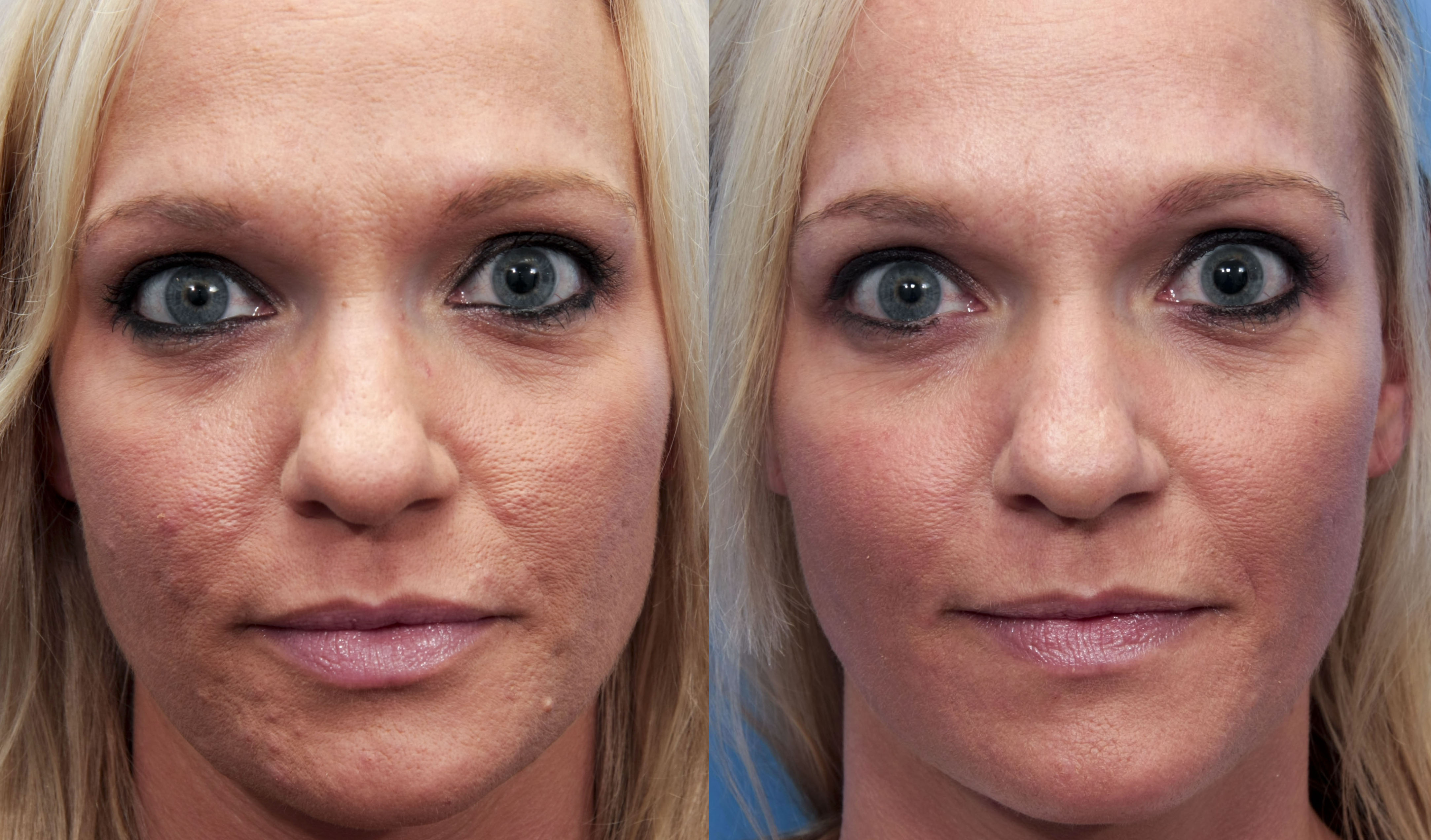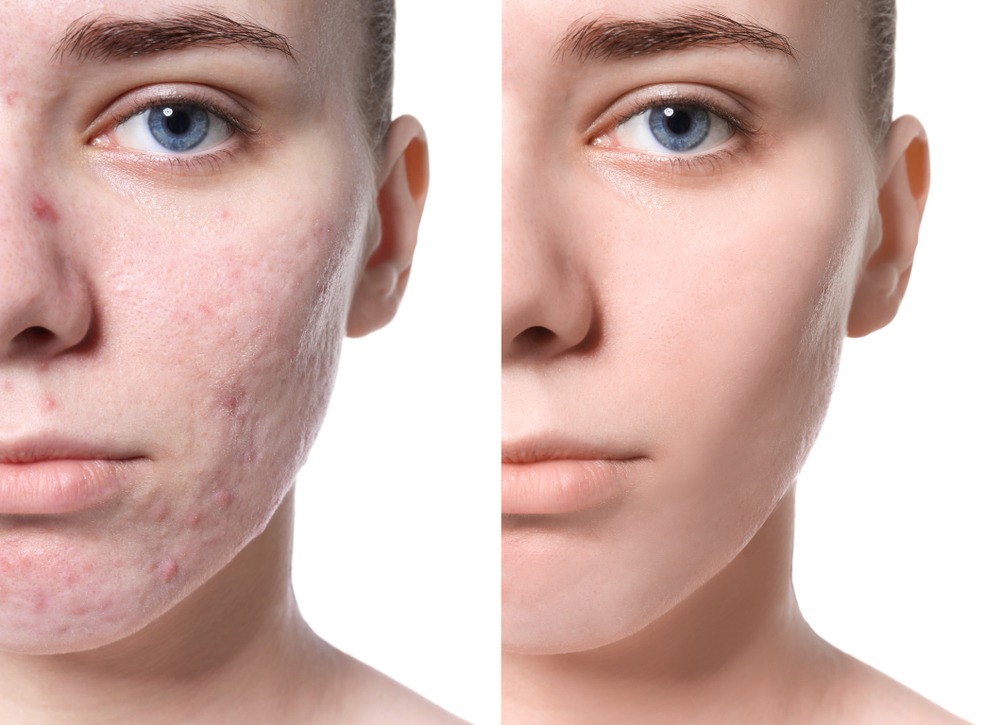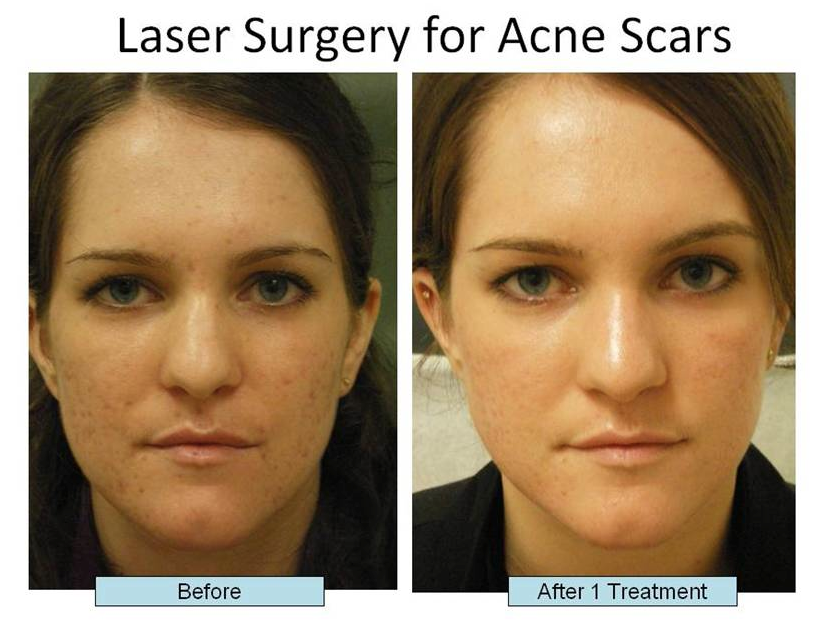Advanced Acne and Acne Scars Treatment: Bid Farewell to Acnes
Advanced Acne and Acne Scars Treatment: Bid Farewell to Acnes
Blog Article
Comprehending the Different Skin Disease and Efficient Therapy Alternatives for Acne Marks
Acne marks stand for a complicated interplay of skin problems that dramatically impact individuals' self-worth and general skin health and wellness. Recognizing the unique kinds of acne marks-- hypertrophic and atrophic-- together with their underlying reasons, is essential for figuring out efficient treatment techniques. Various therapeutic options exist, varying from innovative skin-related procedures to natural solutions. The efficacy of these therapies commonly hinges on personalized analyses by certified professionals. As we discover the landscape of acne scar management, it comes to be obvious that the journey towards clearer skin might include greater than simply topical services.
Kinds Of Acne Marks
The two main groups of acne scars are atrophic and hypertrophic marks. These marks are further classified into 3 subtypes: ice choice marks, which are narrow and deep; boxcar marks, which are bigger and have distinct edges; and rolling scars, which produce a wave-like look due to irregular skin texture.
On the other hand, hypertrophic scars result from an overflow of collagen throughout the recovery process, leading to increased locations on the skin. These marks are often firm and can differ in shade, often showing up red or darker than the bordering skin.

Root Causes Of Acne Scarring
Scarring happens as an outcome of the body's natural recovery response to swelling and injury triggered by acne lesions. When acne forms, it sets off an inflammatory response, bring about the launch of various cytokines and development aspects that promote recovery. This procedure can in some cases lead to too much tissue development or insufficient fixing, resulting in scars.
The key root causes of acne scarring consist of the seriousness of the acne itself, period of the lesions, and specific skin types. Serious inflammatory acne, such as blemishes and cysts, is extra likely to lead to scarring due to deeper cells damage. Furthermore, inappropriate handling of acne lesions, such as squeezing or selecting, can exacerbate tissue injury and swelling, increasing the probability of scarring.
Hereditary predisposition likewise plays a substantial role; people with a family members history of scarring go to a greater risk. Skin kind and shade can influence scar formation, as darker skin tones might experience post-inflammatory hyperpigmentation, while lighter skin might create atrophic scars.

Treatment Choices for Scarring
Efficient treatment options for acne scarring vary depending on the type and severity of the marks. Usually classified right into atrophic, hypertrophic, and keloid marks, these conditions need tailored approaches for optimal outcomes.
For atrophic scars, which are characterized by a loss of tissue, therapies such as chemical peels, microdermabrasion, and laser treatment are frequently utilized. These methods promote skin revival and promote collagen production, thus improving skin appearance. Subcision, a minimally intrusive procedure, can also work by damaging up fibrous bands below the skin.
Hypertrophic and keloid marks can be a lot more challenging to treat. Alternatives include corticosteroid injections to lower inflammation and flatten the marks. acne scars treatment. In many cases, cryotherapy or laser treatment might be suggested to minimize their look
Surgical choices are available for serious scarring, where excision or skin grafting may be essential. It's necessary for individuals to talk to a skin specialist to analyze their certain scar kind and discuss one of the most suitable therapy plan. Incorporating multiple treatments frequently generates the finest end results, making sure that each patient's special skin problem is resolved effectively.
Home Solutions and Natural Solutions
Natural remedies and natural remedy can supply an available technique for individuals seeking to enhance the look of acne scars. Various components discovered in the home cooking area Check This Out have demonstrated potential benefits in improving skin texture and promoting recovery.
Using fresh aloe vera gel straight onto the marks can aid boost skin hydration and reduce redness. Honey possesses natural antibacterial and moisturizing qualities that can aid in scar healing.
One more efficient choice is lemon juice, which functions as a natural exfoliant and can lighten hyperpigmentation. It should be used cautiously, as it might create his comment is here photosensitivity. Oat meal masks are likewise useful; their gentle exfoliation can help get rid of dead skin cells while comforting inflammation.
Necessary oils, such as tea tree oil and lavender oil, can additionally support scar recovery because of their antimicrobial residential properties. It is vital to carry out a patch examination prior to applying any kind of treatment to guarantee there are no adverse responses. These all-natural solutions can be a corresponding technique in the journey to lessen acne marks.
Avoiding Future Scarring
Embracing a proactive technique to skin care can considerably lower the risk of creating future acne scars. Routine cleaning, exfoliation, and hydration can assist keep skin health and avoid clogged up pores.
Additionally, preventing the lure to press or select acne lesions is vital, as this can bring about inflammation and subsequent scarring. Rather, people should focus on using topical therapies that promote healing and minimize swelling. Ingredients such as salicylic acid, benzoyl peroxide, and retinoids are understood for their effectiveness in managing acne and lessening scars.

Last but not least, maintaining a healthy and balanced diet rich in antioxidants and remaining moisturized supports skin regrowth. By implementing these safety nets, individuals can substantially lower their risk of future scarring and advertise total skin health.
Final Thought
In conclusion, a thorough understanding of acne marks, including both atrophic and hypertrophic kinds, is necessary for efficient treatment approaches. Examination with a skin specialist remains critical to create customized approaches that take into consideration private skin kinds and scar severity, inevitably enhancing the efficiency of scar monitoring methods.
Acne scars stand for a complex interaction of skin conditions that substantially impact people' self-esteem and general skin health. The 2 primary classifications of acne scars are hypertrophic and atrophic marks. These scars are more classified right into 3 subtypes: ice pick marks, which are slim and deep; boxcar marks, which are larger and reference have distinct sides; and rolling scars, which develop a wave-like appearance due to unequal skin appearance.
A complete consultation with a skin specialist can aid identify the most proper intervention, taking into account the person's skin kind, scar seriousness, and total skin health.
Assessment with a skin doctor continues to be vital to design personalized techniques that take into consideration specific skin types and scar seriousness, inevitably boosting the efficacy of scar management methods.
Report this page